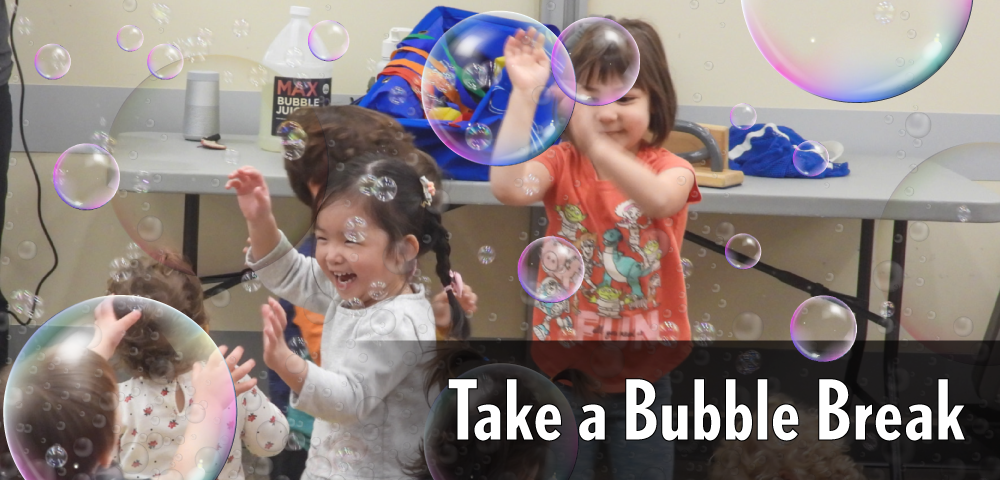
By Michelle Pepino, Library Aide, Tysons-Pimmit Regional Library
This may blow your brain, but did you know bubble blowing dates back to the 1600s?
Depictions of children blowing and playing with bubbles first appeared in paintings from the 17th century, according to the Museum of Play. In the 19th century, London soap maker, Pears' Soap used a similar painting, created by artist John Everett Millais, in what would later become a famous advertising campaign.
While this shows that children have been playing with bubbles for a long time, a Time Magazine list of the 100 greatest toys of all time attributes its burst into popularity to 1940, when Chemtoy, a Chicago cleaning-solution company, first began bottling its bubble solution for sale.
Bubble blowing devices have also been around for a very long time. Depictions of bubble blowing, dated to around 1733, show children using pipes to blow bubbles, according to the Bubble Blower Museum website. The article goes on to mention that pipes and, later, wands were the earliest mass produced bubble blowers, with the earliest patents dating to the 1920s.
Benefits of Bubble Blowing
Bubble blowing can help kids develops a number of different skills, according to Urszula Semerda, pediatric occupational therapist and founder of the website Sensory Lifestyle. These include:
- Fine motor skills: Exercising the fingers and hands can increase a child’s ability to accomplish tasks. Young kids can pop bubbles with their hands, while older children can dip the bubble wand into the solution.
- Gross motor skills: These involve using larger muscles to complete particular movements. Children can practice these skills by chasing after and jumping on bubbles to pop them.
- Oral motor skills: Moving oral muscles helps improve your child’s coordination for communicating and eating. Allowing children to use wands to blow bubbles is a great way to implement the muscles around their mouths.
- Listening skills: Blowing bubbles assists children with body awareness, cognitive development and responsiveness. While playing, engage these skills by instructing children to pop the bubbles with different parts of their body.
Practice these skills with your children by making your own bubble wand and solution with the instructions found here.

